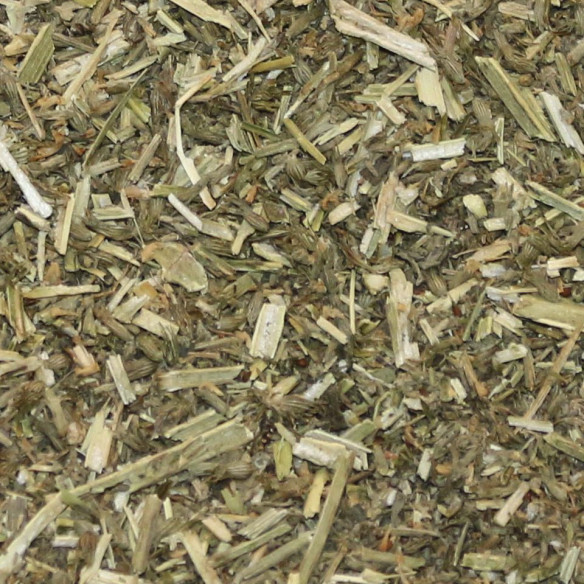Catnip - Nepeta cataria
Latin name: Nepeta cataria
Common Name: Catnip, Catswort, Catmint, Cateria
What is Catnip?
Catnip is an aromatic perennial herb native to central Europe and now naturalized throughout the northeastern US and Canada. This plant grows to approximately 1 m and has dark green, oval-toothed leaves. The medicinal components of the plant are its dried leaves and white flowering tops.
Traditional/Ethnobotanical uses
Catnip's leaves and shoots have been used as a flavoring in sauces, soups, and stews, and in several patented beverages, as well as in fruit table wines and liquors. The use of catnip leaves and flowers in herbal teas was documented at least as early as 1735 in the General Irish Herbal. Medicinally, the plant has been used to treat intestinal cramps, for indigestion, to cause sweating, to induce menstruation, as a sedative, and to increase appetite. Additionally, the plant has been used to treat diarrhea, colic, the common cold, and cancer. In Appalachia, nervous conditions, stomach ailments, hives, and the common cold have been treated with catnip tea. The dried leaves have been smoked to relieve respiratory ailments, and a poultice has been used externally to reduce swelling. In the early 1900s, the flowering tops and leaves were used to induce delayed menses. During the 1960s, catnip was reportedly smoked for its euphoric effects.
General uses
There is little clinical data to support any use of catnip in humans, except as an insect repellant.
BUT that will make your cat goes bonker !






